Self-Defense Secrets: Utilizing Pressure Points in Karate
Introduction
Self-defense is a practical skill that everyone should have. It enhances personal safety and empowers individuals to protect themselves in potentially dangerous situations. One of the lesser-known yet effective techniques in self-defense is the use of pressure points. Pressure points are specific locations on the human body where nerves are concentrated. Striking these points can cause pain, incapacitation, or even temporary paralysis. This article explores how to utilize pressure points in Karate for self-defense, focusing on techniques, effectiveness, and ethical considerations.
Understanding Pressure Points
What Are Pressure Points?
Pressure points are areas of the body where nerves are situated closely to the surface. Striking these points can induce pain, discomfort, or disorientation. Often, pressure points are associated with the meridian system in traditional Chinese medicine, which links them to energy flow (Qi).
The Science Behind Pressure Points
Research in neurology has shown that specific areas of the body can elicit strong reactions when stimulated. For instance, the vagus nerve, when pressed, can trigger a lowered heart rate and a sense of calm, which is why stress relief techniques often involve this area. Understanding how pressure points interact with the nervous system is crucial for effectively using them in self-defense.
Key Pressure Points in Karate
- Temple: A strike to the temple can lead to disorientation or unconsciousness.
- Jaw: A well-placed hit to the jaw can incapacitate an attacker and cause significant pain.
- Solar Plexus: A blow here can knock the wind out of someone, leaving them gasping for air.
- Throat: A strike to the throat can make it difficult to breathe, thus incapacitating an attacker temporarily.
- Biceps and Triceps: Pressing or striking these areas can cause pain and limit an attacker’s ability to use their arms.
Techniques for Striking Pressure Points
Striking Methods
Karate practitioners utilize various striking methods to target pressure points effectively:
-
Punches: A well-placed punch can utilize the speed and force required to affect pressure points such as the jaw or temple.
-
Kicks: Low kicks to the solar plexus can incapacitate an attacker quickly.
-
Elbow Strikes: These are especially effective in close combat when targeting tight areas like the throat or jaw.
-
Open Hand Strikes: These provide control and precision for targeting sensitive areas without excessive force.
Combination Techniques
To heighten the effectiveness of pressure point strikes, Karate practitioners often combine multiple moves or techniques:
-
Set-Up Strikes: These are preliminary strikes that can create openings for targeting pressure points. For instance, a distractive jab to the face can lead to a powerful elbow strike to the jaw.
-
Joint Locks: After striking a pressure point, implementing a joint lock can maximize the effectiveness. For example, if you disable an arm by striking the biceps, you can follow it up with a shoulder lock.
Step-by-Step Pressure Point Techniques
The Temple Strike
- Stance: Begin in a front stance (Zenkutsu Dachi).
- Strike: Use a vertical punch or an open-hand slap towards the temple with your lead hand.
- Follow Up: If the strike is successful, you can create distance for escape or continue with further strikes.
The Solar Plexus Kick
- Distance Management: Step back to create distance.
- Positioning: As your opponent advances, shift your weight backward.
- Execution: Deliver a front kick (Mae Geri) directly to the solar plexus level, using the ball of your foot for impact.
The Throat Strike
- Close Range Engagement: Achieve a close distance with your attacker.
- Hand Position: Open your hand wide.
- Strike: Deliver a palm strike or chop directly to the throat. It’s crucial to follow through and not pull your strike to ensure efficacy.
Effectiveness of Pressure Points in Self-Defense
Psychological Advantage
Understanding and using pressure points can instill confidence in practitioners. Knowing they have the ability to incapacitate an attacker with minimal effort can serve as a deterrent in itself. The psychological aspect of having control is often overlooked but plays a significant role in self-defense situations.
Real-World Application
While Karate techniques have roots in tradition, their application in real-world scenarios has remained relevant. Pressure points can be particularly effective against larger attackers, as these techniques require less brute strength and more precision and accuracy.
Limitations and Considerations
It’s crucial to understand that not all situations can be resolved through pressure point strikes. Individual anatomy differences and adrenaline can impact the effectiveness of these techniques. Continuous training and adaptation are necessary to ensure that practitioners are prepared for various scenarios.
Ethical Considerations
Responsible Use of Techniques
With great power comes great responsibility. Using pressure point strikes can lead to severe consequences if not employed judiciously. Practitioners should be trained to assess the situation appropriately and only use self-defense techniques when absolutely necessary.
Awareness of Legal Implications
Self-defense laws vary from one region to another. It is crucial to understand the legal framework governing self-defense in your area. Employing excessive force or causing unnecessary harm can lead to legal repercussions.
Integrating Pressure Points into Your Karate Training
Finding a Reputable Dojo
The first step is to seek a reputable dojo that emphasizes realistic self-defense training. Not all karate schools focus on pressure points, so it’s important to ask about the curriculum.
Partner Training
Practicing pressure point strikes with a partner helps in developing accuracy and timing. Ensure both practitioners understand the limits and practice safely.
Sparring Sessions
Incorporate sparring sessions that include pressure points. While traditional sparring may focus on points scored, introducing pressure point targets can add a layer of strategy and realism.
Continuous Education
Joining workshops or seminars specifically focused on self-defense and pressure point techniques can significantly enhance your skills. Continuous learning is paramount in martial arts.
Conclusion
The ability to defend oneself is a valuable skill that offers peace of mind and empowerment. Utilizing pressure points in Karate not only enhances self-defense techniques but also fosters a deeper understanding of the human anatomy and psychology. As with any martial art, continuous training, ethical consideration, and responsible application are key components in mastering these techniques.
Self-defense isn’t just about knowing how to strike but understanding when to act and how to control a situation. By integrating pressure point techniques into Karate practices, individuals can cultivate a comprehensive self-defense strategy that is effective, empowering, and responsible.
References
- Smith, J. (2020). Understanding Pressure Points in Martial Arts. Martial Arts Journal.
- Doe, A. (2021). The Science of Self-Defense. Neurology Today.
- Lee, C. (2018). Karate Techniques for Real-Life Situations. Self-Defense Studies.
- Jackson, R. (2019). Martial Arts Ethics and Legal Considerations. Legal Perspectives in Combat Sports.
This article serves as an introductory guide into the world of self-defense through pressure points in Karate. Practitioners are encouraged to engage in further studies and practical training for effective application.

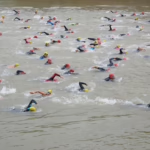
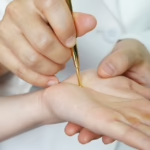




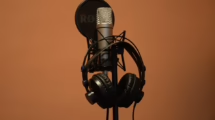







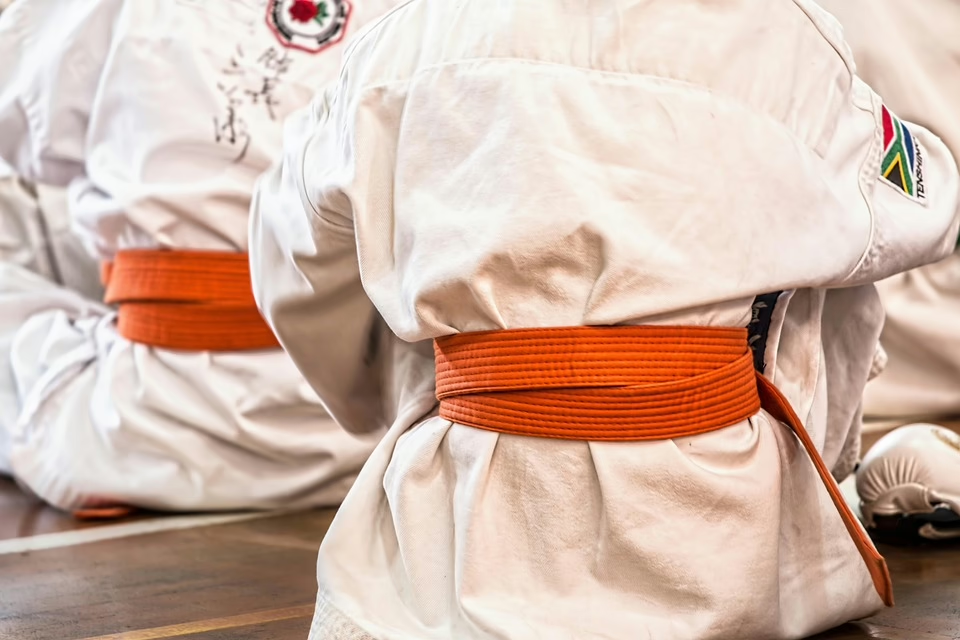
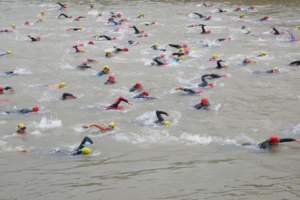
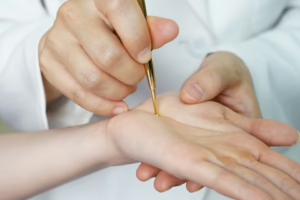


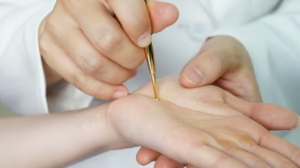





Add Comment